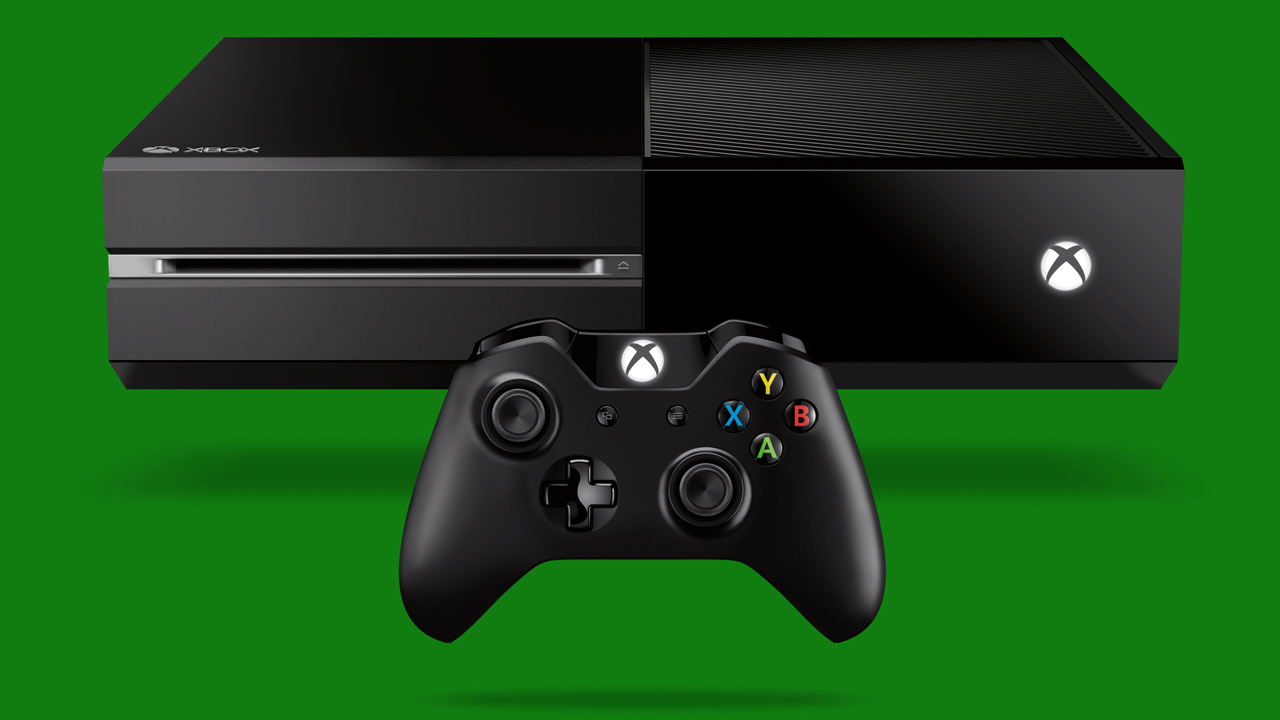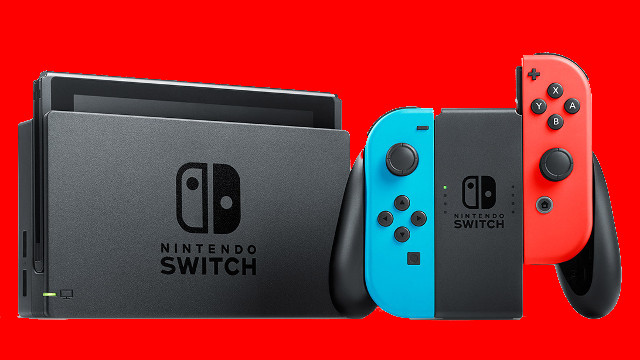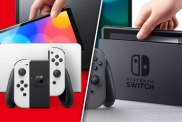A Nintendo Switch and Xbox One owner has provided a detailed breakdown of the exact power difference between the two consoles, suggesting that Nintendo’s new hardware isn’t as underpowered as we’d been led to believe.
Reddit user madeamoveinacan provided a thorough comparison of the two consoles over on r/Nintendo, using frame-rate data from 26 games and the theoretical compute performance of GPUs with architecture comparable to those featured in both consoles. As a result, the Switch was compared with the GTX 970, while the Xbox One was compared with the RX 480. The user cited that he had “compared RX 480 because it uses polaris architecture and the GTX 970 because it uses maxwell architecture,” and that rather than comparing the consoles to the GPUs — the Switch could hardly compete with the GTX 970 in reality — he was instead “using known benchmarks to find a relative performance difference between architectures” and find the GPU power difference between the consoles.
Also: The First Super Mario Odyssey Review is Out and It’s a Perfect 10
As outlined in his Reddit post, he then created a “unit of difference” that found the relative performance difference per theoretical power difference, which found that the power gap between the consoles was 2.37. This was much smaller than previous reports regarding the power difference between the two consoles had suggested, which routinely cited the Xbox One’s flops to suggest that Microsoft’s console was 3.33 times more powerful than the Switch.

However, that wasn’t all, as madeamoveinacan learned that the Xbox One uses Tahiti architecture, leading to him instead looking for benchmarks for the Radeon HD 7970 instead. Using 4 games, the user compared the HD 7970 and the GTX 970, this time finding a theoretical computation difference of 1.78. According to his finding, this meant that the Xbox One’s GPU is only 1.8 times as powerful as the Switch’s.
Read the full post below:
“Initially I took frame-rates from 26 games comparing the RX 480 and GTX 970. Using that data I found a performance difference between the RX 480 and GTX 970. I also took the theoretical compute performance (flops) difference between the RX 480 and GTX 970. Using these values I created a “unit of difference” which gives the relative performance difference per theoretical power difference. Then I used this “unit of difference” multiplied by the theoretical power difference (flops) between the Xbox one and Nintendo Switch and calculated the performance difference between the two consoles which ended up being 2.37. Meaning that the Xbox one is 2.37 times more powerful than the Nintendo Switch rather than 3.33 times as the theoretical computational power would suggest.
To determine whether this method actually works, I also took frame-rates of the GTX 950 in the same 26 games and found the “Unit of difference” between the RX 480 and GTX 950. I then used that and multiplied the theoretical power difference to get a “theoretical performance difference” I then compared this to the actual performance difference and obtained a percent error of 1.33% meaning that this method is pretty reliable.
However after further research I found that the Xbox one uses GCN 1 (Tahiti) architecture. So I found benchmarks for the Radeon HD 7970. However due to the age of this card, I was only able to find matching benchmarks between the HD 7970 and GTX 970 in 4 games. I made sure to obtain all benchmarks from the same source and made sure all settings used in benchmarks were the same. Using the benchmarks from the 4 games I again found the “Unit of difference” between the HD 7970 and the GTX 970 and multiplied that to the theoretical computation difference between the Xbox one and Nintendo Switch and obtained a performance difference of 1.78. I again compared this with the GTX 950 and found a percent error of 26.98%. This percent error is very high because I only had the 4 data points to work with.
TL:DR The Xbox One is about 1.8 times more powerful than the Nintendo Switch rather than 3.3 times more powerful as the theoretical computation power (flops) would suggest.”











